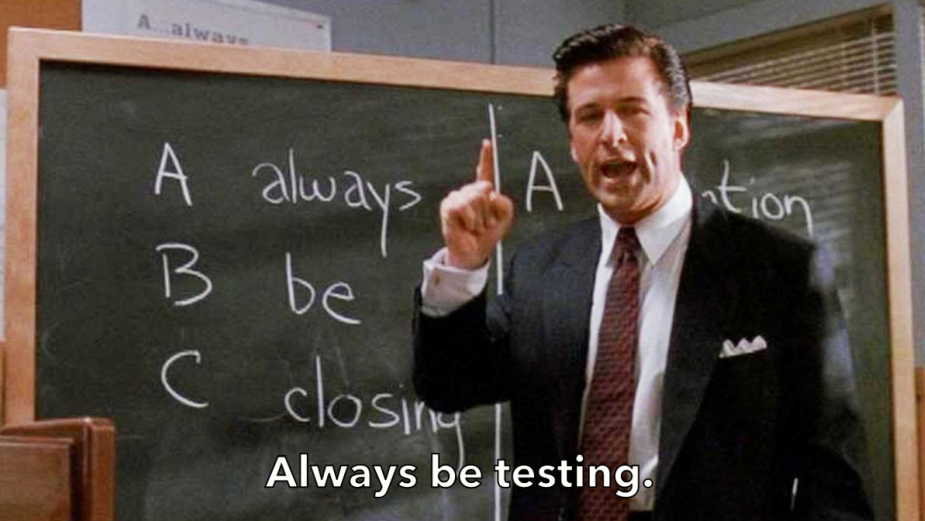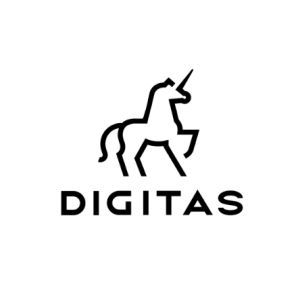
Why Email Is Still Your Most Valuable Channel

A lot has changed on the web since Hotmail and Outlook (originally Internet Mail) first launched to the public in the late 1990s. Dial-up connections gave consumers their first taste of the internet, Facebook redefined the way people kept in touch and gathered, and AR technology fused our two realities together and has become all but commonplace in 2021. And while new digital platforms like TikTok continue to emerge and old favourites like Myspace are long gone, the most surprising fact about the evolution of communication on the internet is what hasn't changed. Despite email celebrating its 25th anniversary this year (making it a veritable dinosaur in the digital space) it's still the most valuable tool in your marketing toolkit.
In terms of bottom line value, every $1 spent on today's marketing emails captures an incredible return of $36. This not only translates to an astronomical 3,600% ROI, it also makes email the most effective marketing channel when it comes to converting leads and generating sales. Despite this method of marketing communication remaining unchanged since the 1990s, the quality of content within that communication certainly has, along with consumer expectations.
Below are few techniques to ensure your company is meeting consumer needs and getting the best performance out of your most valuable channel:
Activate Deep Personalization
With rising privacy concerns top of mind, marketers often have to consider what degree of personalization can increase the value of a consumer's experience, and thereby build brand affinity, versus what degree of personalization will inflame their security fears (and seem creepy), leading to brand aversion.
Given a recent survey that revealed email as "the most personal way" consumers engage with brands, the simple solution is to activate deep personalization tactics on this channel. 74% of baby boomers reported email as feeling the most personal, and 68% of respondents across all generations said they prefer to receive brand communications via email. Which means not only is this channel a prime candidate for tailored messaging, but consumers are likely looking for a deeper level of personalization from the brands they subscribe to. Those that tailor messages to sub-segments of their larger database experience revenue increases up to 760%.
So if you're questioning when and where to provide business solutions for a user's geographic location, professional status and dining preferences, next time choose email.
Invest in Newsletter Content
Though it’s sometimes overlooked as being too business-centric, newsletter content that promotes brand news and new product/service offerings deliver on the cost of creation when it comes to nurturing leads. 31% of B2B marketers report email newsletters as their most effective tactic when it comes to lead nurture, with blog posts and in-person events coming in second and third, respectively.
Regardless of whether the brand-audience relationship is B2B or B2C, it's important to remember that all email subscribers have taken a first step in demonstrating interest when they sign up to receive marketing communications from a business. That means this audience not only has familiarity with your brand, they likely have a deeper interest in your company's inner workings and new product announcements than the casual site visitor. This makes newsletter content an important tool for driving awareness of new business offerings, converting leads and eventually transitioning your most engaged audience into brand advocates.
Always Be Testing (ABT)
The last and most important tactic derives its name from the famous, salesmen-centric movie Glengarry Glen Ross when Alec Baldwin utters the Oscar-winning line "ABC. Always be closing". As digital marketers, our end goal remains the same, but the closing strategy should evolve by taking one step back and starting with a testing plan. A robust test plan ensures that no email is sent without an A/B test in place, enabling marketers to optimize future sends and increase conversions on an ongoing basis.
Optimization considerations not only include time of send, personalization and other content-and-deployment-specific tactics, but also testing web destinations to build an arsenal of category and brand best practices for your client across digital touch points, which include but are not limited to:
1. when to send a marketing email
2. who your best audiences are
3. what are the most compelling calls-to-action
4. how to create email-to-site experiences with the lowest bounce rates
Given the sheer amount of open questions that can improve performance and sales, brands that forgo testing on a single deployment are leaving learnings (and money) on the table. Studies have shown that brands that often include an A/B test almost double their return, with an ROI of 42:1.
If you're an advocate of email optimisation, or simply a fan of Glengarry Glen Ross, remind your team to ABT. Always be testing. And set yourself up for that all-important close. Email is, was, and will probably continue to be the most valuable channel in your digital marketing toolkit for some time. However the continued evolution of technology demands effective marketers employ a combination of proven tactics like personalization, in addition to the testing needed to uncover category best practices in service of your client's specific business needs.













